If one thing can mess up your kitchen, it is a clogged kitchen sink drain. A sink full of water with floating ghosts of your past meal will undoubtedly cramp up your kitchen space. Your kitchen faucet and sink should be in the best working conditions. Yet, clogged sinks are pretty common and nearly part of life.
And if you are wondering how to unclog a kitchen sink, this is the right place for you! Clogs are pretty easy to sort out. Even more importantly, clogs are perfectly preventable. But before we get into that, let’s look into some of the common causes of clogs.
Common Causes of Sink Clogs
Ideally, there aren't any other causes of sink clogs other than food residue or leftovers. Crumbs, scraped food, and cooking oils or fats accumulate over time to form a clog. However, hair, soap residue, grease, o other debris can also block your sink drain.
A clog does not have to be a complete blockage. Sometimes, the following are sufficient indicators that you have a sink drain clog;
- When your kitchen sink produces a funky odor whose source is difficult to trace
- When water begins to take longer than usual to drain
- Anytime you find the garbage disposal ineffective despite the sink being filled up with water containing food particles.
You need to unclog your sink when you notice any of the above problems. However, do not attempt to stick your hand down the drain before you unplug the garbage disposal. Unplugging the garbage disposal ensures that it does not turn off while you are working.
What Do You Need for Unclogging Your Kitchen Sink?
The items needed for unclogging a kitchen sink drain will depend on the method you intend to use. You may need to get yourself the following tools and equipment if you for unclogging the kitchen sink;
- A Pair of Rubber Gloves- This is a must-have for all kitchen sink unclogging operations. Rubber gloves help to protect your hands from dirt and provide traction when dealing with grease. Besides, rubber gloves protect your fingers from the sharp and dangerous blades in the garbage disposal.
- An Empty Bucket- You will need a bucket under the open pipe as you clean the trap of your drain.
- An Old Toothbrush- An old toothbrush comes in handy for cleaning the tight owners of the drain trap.
- A Plunger- A cup-style kitchen sink is equally essential to help you drain your sink. Ensure that your plunger is wide enough to cover the drain opening for better suction.
- Rags- Rags or any pieces of cloth will help you plug up any overflow openings, soak up splashes, seal around your plunger, or any other necessary functions.
- A Drain Snake- Whether you choose to call it a drain snake or a plumber’s snake, you will need one for clogging your kitchen sink.
- Flashlight- You may need a source of light to get a clearer vision of your sink drain.
7 Methods for Unclogging Your Sink
We outline seven simple ways to unclog your sink, and they include;
a. Remove by Hand
You can use a flashlight and take a closer look into the drain before you try out any method. Some clogs are pretty visible. If you find such and notice that you can easily access and remove it by hand, put on a pair of rubber gloves and clear the clog the best way possible.
b. Use Hot Water
Apart from removal by hand, boiling water is the other less costly way of unclogging a sink drain. Hot water is ideal for removing clogs caused by soap, grease, cooking fat, or hair residue. It is a pretty easy fix that involves the following steps;
- Fill a kettle or pot with water and put it on a stove.
- Heat the water until it gets to boiling point.
- Clear any water from your clogged kitchen sink using a mug of any small container and let it rest for some minutes. You may also consider fixing the kitchen faucet in case of any leaks.
- Pour the hot water into the sink and leave it for 3-5 minutes. If the water does not drain, the clog will still be there.
- You can allow the water to cool before manually removing it using a mug, a jug, or any container you feel appropriate.
- Repeat the process. Often, you will need to do this about three times to remove the clog. But if your fifth attempt cannot clear your drain, then try other methods.
Note that this method is not ideal for sinks with PVC pipe attachments since hot water can damage plastic components.
c. Check the Garbage Disposal
A common cause of clogs is garbage disposal. So, you will need to check it to ensure that it is not the cause of the blockage. Since clogged disposal will quickly stop the drain, run it for about two minutes with hot water to see if your sink clears up.
In case this fails, turn it off and check out if it runs correctly. You can start it again at the base if it overheats and switches off automatically. Kindly locate the base on/off switch underneath the sink at the bottom or on the side of your disposal unit.
d. Use a Plunger
You can plunge out the blockage if you notice that the disposal unit is working correctly and not causing the problem. Cup-style or flat-bottom plungers are ideal plunging options you may consider. Once you have either of the two, the following steps will suffice;
- Use rags to plug the drain that is not clogged if your sink has a double drain.
- Fill your sink halfway with hot water.
- Position your plunger over the clogged drain and create a seal around the drain.
- Begin making about fast up and down thrusts using your plunger. Always ensure that your seal remains intact.
- Remove your plunger and check if the water drains away.
- You can repeat the plunging if the water does not drain.
e. Use a Natural Drain Cleaner Such as Vinegar and Baking Soda
Chemical drain cleaners are not advisable. Instead, you can use natural drain cleaners such as baking soda and vinegar. Fortunately, these are popular household items that you can easily find in most kitchens. The following steps should solve your troubles;
- Remove standing water from the kitchen sink using a cup, a bowl, or a jug.
- Pour a single cup of baking soda down your sink drain and push it down the drain using a spoon or spatula if you can.
- Pour a single cup of white vinegar into the drain.
- Put a cover over the drain and leave for about 15 minutes.
- Take off your cover and run hot water down your drain. Some types of kitchen faucets can produce cold and hot water, and this could be an advantage.
- Analyze if there is any progress and repeat the process.
f. Try Using a Drain Snake or a Plumber’s Snake
Any Clogs that prove too complex for any of the above methods will require a drain snake. The simple plumbing tool features a spiral snake that can reach the bottom of your drain. Of course, you can find this tool in any plumbing store near you.
Notably, this method is only ideal for those with sinks that do not have garbage disposals. It involves the following steps;
- Place a bucket or any other container underneath the U-pipe for any runoff or splashes.
- Using a plumber’s wrench, loosen the nuts of both sides of the pipe while holding it securely with one hand.
- Send a grooved plastic or metal wire into the pipe to break up any clogs. You will feel some resistance on your drain snake to indicate you have reached the end of the pipe.
- You can dislodge or capture the clog at the end of the snake.
- Pull in the line slowly and in a clockwise motion to ensure you do not lose the clog. The clog will spill into the bucket.
- Re-assemble the pipe and run hot water through your drain for a minute or two.
g. Call A Plumber
Call a plumber if all the above methods fail. Of course, unclogging a sink is pretty simple, but the failure of all the ways indicates a severe problem.
Key Takeaway
Ideally, the above steps should help you take care of any problems with remarkable success. And beyond unclogging your kitchen sink drain, you can work towards preventing future clogs. Some of the tips you can use to ensure that you are free from clogs include regular cleaning, minimizing stuffing your sink with a lot of food waster, and avoid disposing of grease and oils into your sink drain.



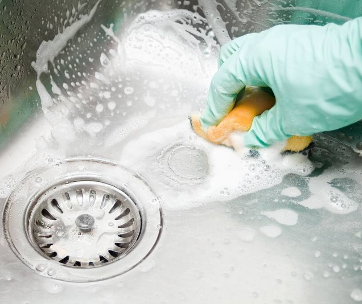
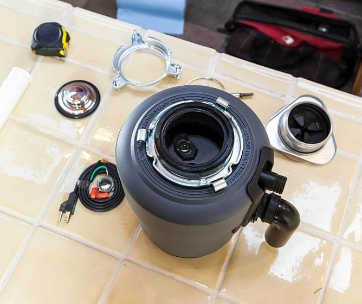
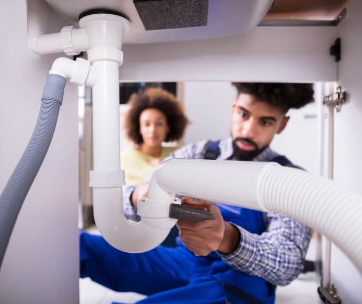
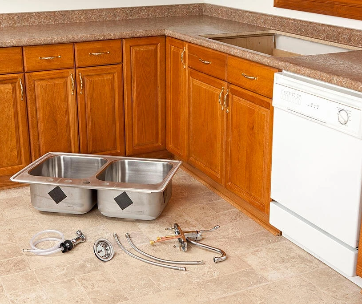
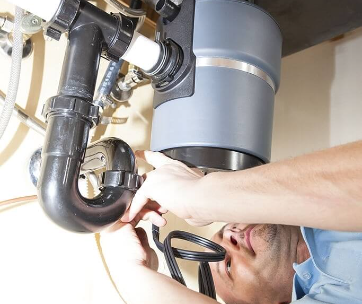
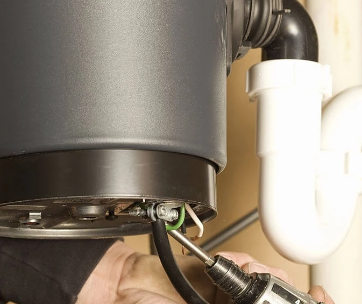
Comments